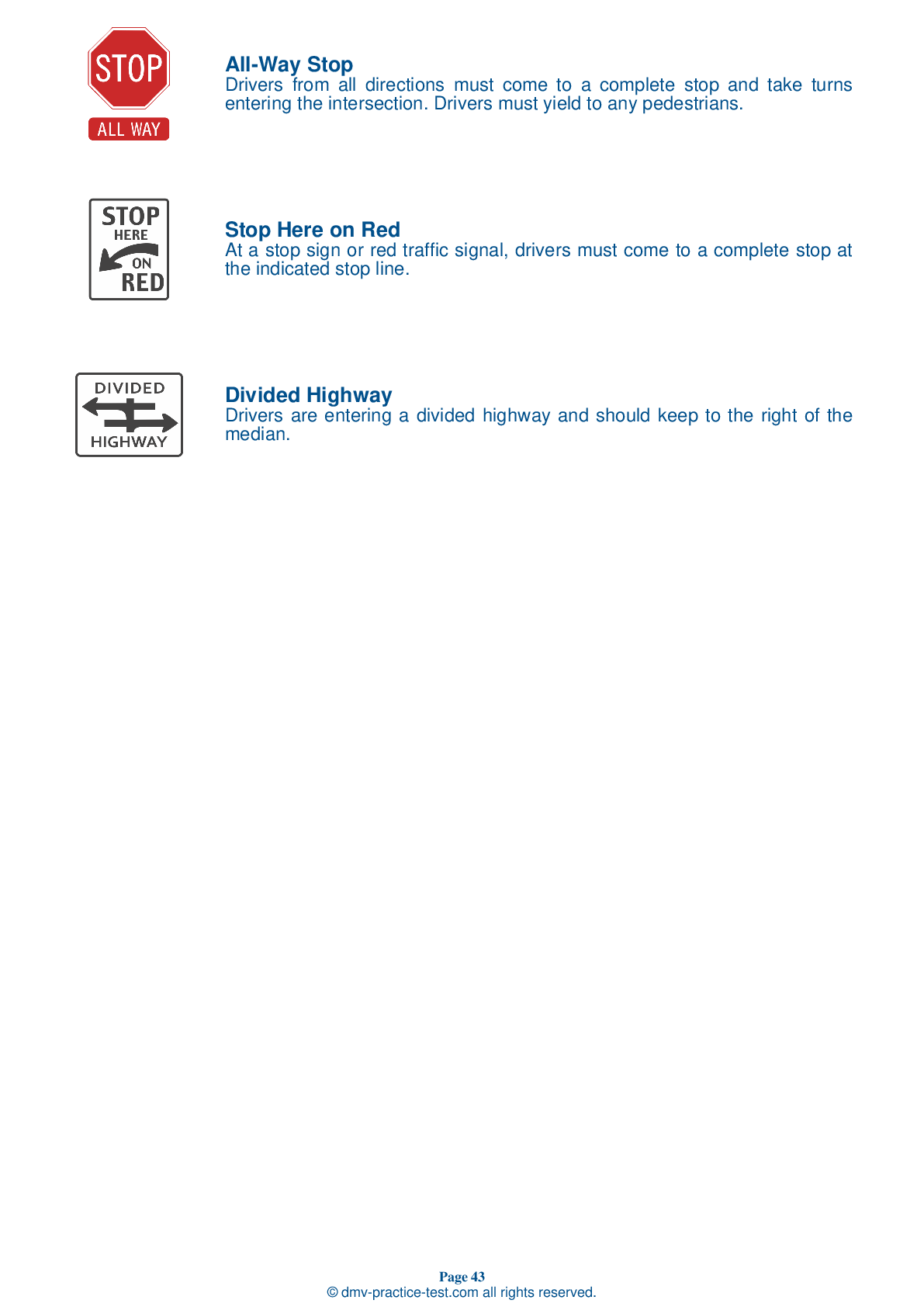FREE Connecticut DMV Practice Test #14 Page 3 of 3
This set of Connecticut DMV practise tests was just updated for January 2025. It includes questions based on the Connecticut Driver Handbook's most essential traffic signs and regulations for 2025. Use actual questions that are very similar (often identical!) to the DMV driving permit test and driver's licence exam to study for the DMV driving permit test and driver's licence exam.
Each practise test question has a hint and explanation to assist you in remembering the concepts. The written component of the official DMV test will include questions about road rules, traffic signs, and driving statutes, as well as information from the Driver Handbook.
To achieve the required passing grade, you must correctly answer 20 of the 25 questions. Take our DMV practise exam to help you prepare for your Connecticut instruction permit or driver's licence.
The DMV exam is available in several languages.
Using any form of testing help will result in an automatic fail, and the DMV may take further action against your driver's licence, so avoid it.
17 . Which statement is true?
You must stop at a railroad crossing when directed to do so by a flagger, stop sign, or warning signal. Use caution when driving near railroad tracks.
18 . You reach an intersection with stop signs on all four corners at the same time as the driver on your left. Who has the right-of-way?
If two vehicles arrive at the same time to an intersection that has stop signs on all corners, the vehicle to the right has the right-of-way.
19 . This sign means:




